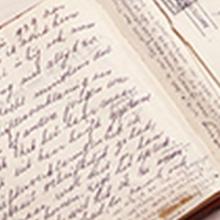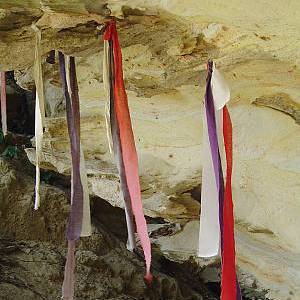Social Structure

The mayor of Lyon, France drives a bulldozer to initiate construction of social housing
The headline reads, in English, “Aboard a bulldozer, Mr.

SOS Avenir Minguettes President Toumi Djaïdja in Lyon, France
Toumi Djaïdja (third from right) in Lyon, 1983. Source: Le Progrès photo archives.

Pittsburgh News Coverage of the Community Reinvestment Group
"PCRG challenges financial institution lending practices,” Pittsburgh, Dec. 22, 1993.

Pittsburgh Newspaper Article “Bank Gives Boost to Black Areas”
“Bank Gives Boost to Black Areas,” New Pittsburgh Courier, Pittsburgh, July 2, 1988.

Veritable Records of the Chosŏn Dynasty
In the twenty-first century, we are used to post-Westphalian norms of inter-state equality and noninterference. These norms, however, did not apply to interstate relations between the Qing empire and its tributary states.

Analyzing Personal Accounts
Personal accounts, including memoirs, journals, diaries, autobiographies, and life histories, are important historical sources that help us understand the human condition. These are the stories we tell about our lives that usually portray a larger picture of a life in historical context.

Nisa, The Life and Words of a !Kung Woman by Marjorie Shostak
Made up of a series of analyses and personal interviews conducted by Marjorie Shostak, Nisa, The Life and Words of a !Kung Woman is an anthropological work about women of the !Kung tribe of the Kalahari desert in southern Africa told through the perspective of one individual, N
Ariya Cam Bini
Ariya Cam Bini is one of the few ariya that has little to no historical references in the poem. It is possible to deduce from the language of the poem and from the study of extant versions of the manuscript that its origins likely lie in the 19th century.
Short Teaching Module: Ariya Cam Bini, a 19th century Cham Poem
Ariya Cam Bini is a 19th–century epic poem written in the Austronesian Cham language of mainland Southeast Asia. The poem comes from the area called Pāṇḍuraṅga or Nâgar Cam, a pluralistic society in terms of culture, religion, and identity.

Mijikenda textiles
Words are historical ar